Volcanic emissions in the Southern Ocean: an efficient and unexpected source of iron for this remote area
This study suggests that volcanic emission can represent a significant source of bioavailable iron to open ocean anaemic ecosystems.
Some recent GEOTRACES science findings are reported below.
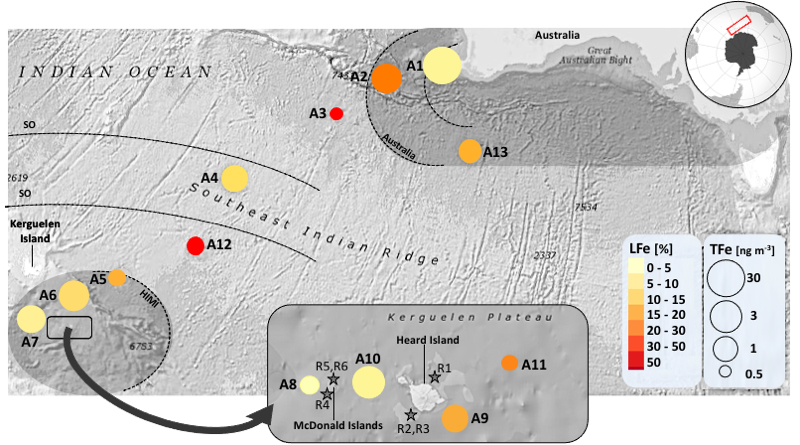
This study suggests that volcanic emission can represent a significant source of bioavailable iron to open ocean anaemic ecosystems.

Brzezinski and his colleagues report on a comprehensive study of the Arctic Ocean silicic acid concentrations and silicon isotopic composition…
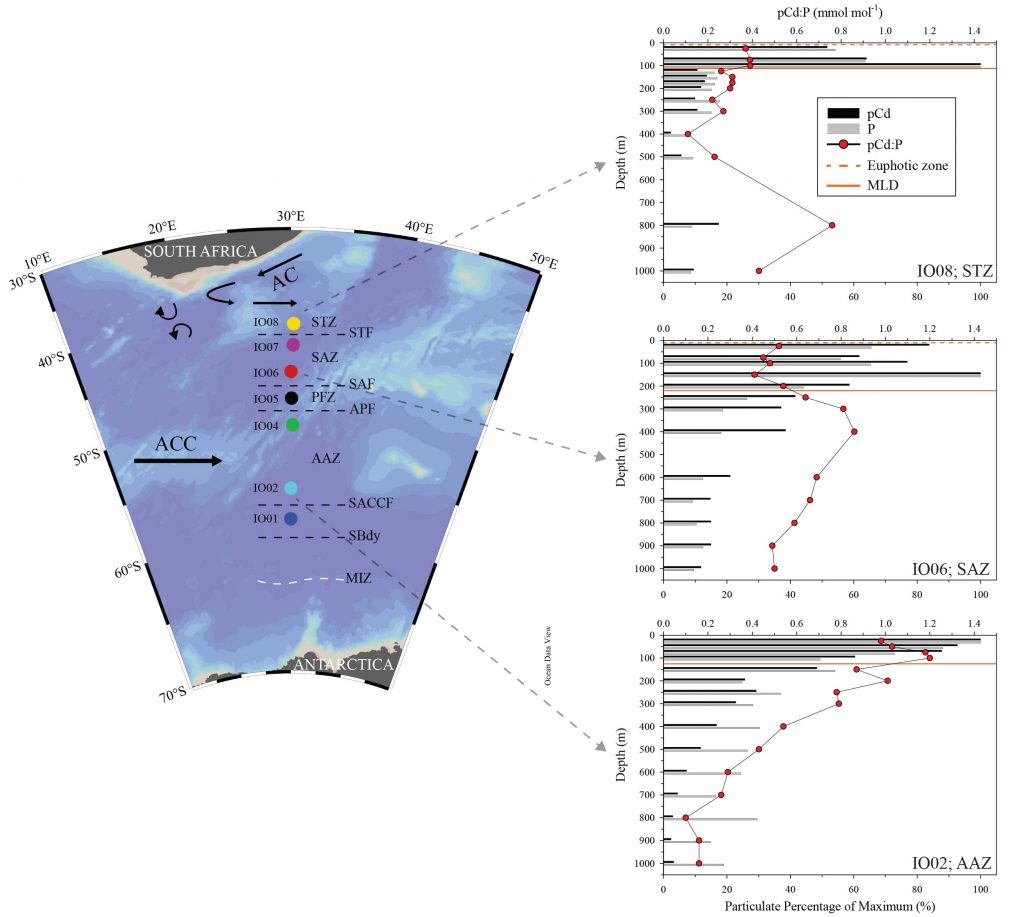
Cloete and collaborators analysed particulate and dissolved cadmium at 7 stations in austral winter along a North South section off South Africa.
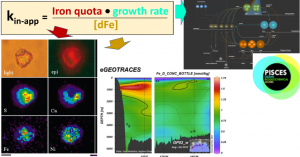
The approach established and verified in this study, opens a new way for determining dissolved iron bioavailability in samples across the ocean.
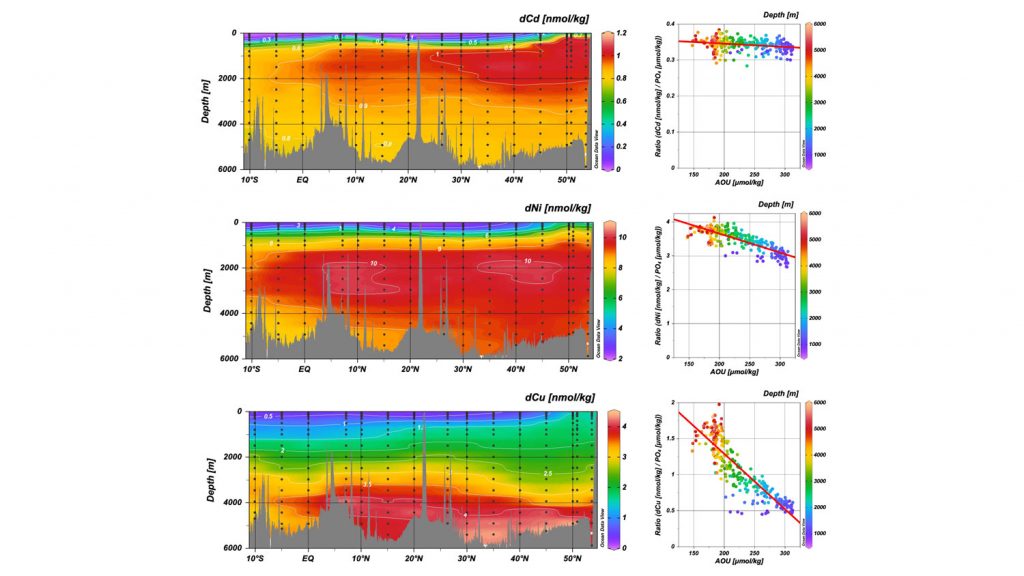
Zheng and co-authors observed sectional distributions of cadmium, nickel, zinc, and copper in the North Pacific Ocean during three GEOTRACES related cruises…
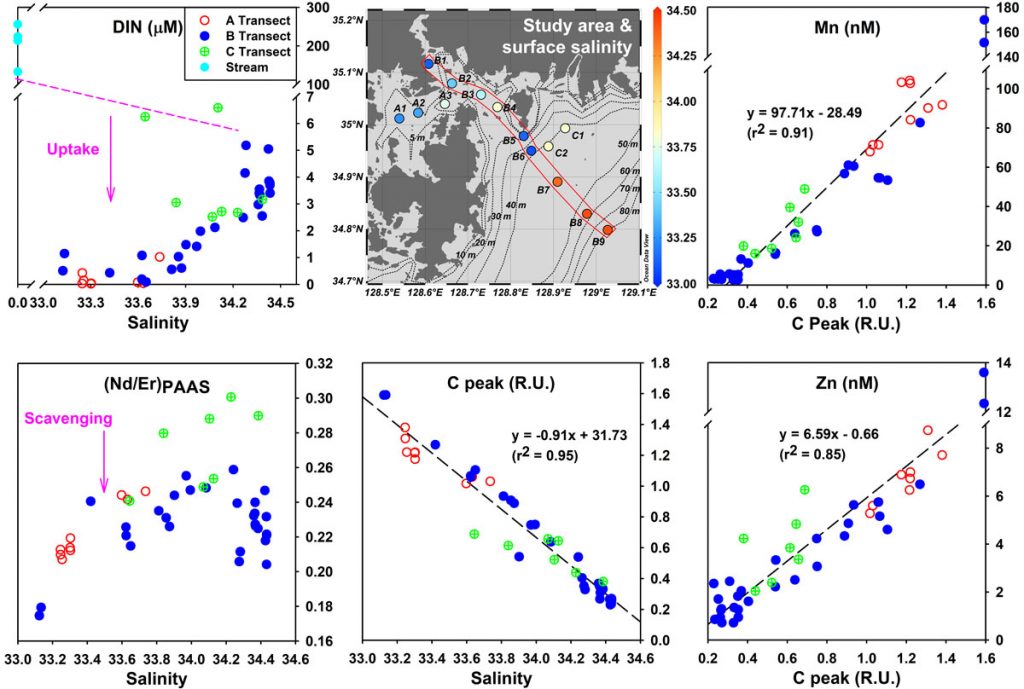
Chen and co-workers analyzed an array of trace metals together with Rare Earth Elements in a salinity gradient in the Jinhae Bay, the largest semi-enclosed bay in South Korea…
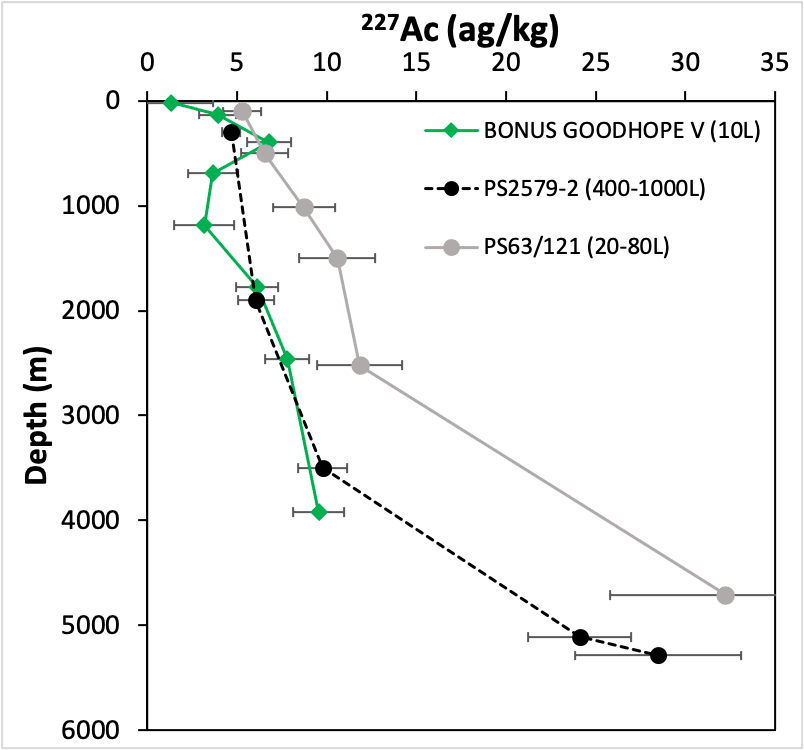
Levier and co-authors have developed a new protocol measurement of the dissolved actinium in seawater.
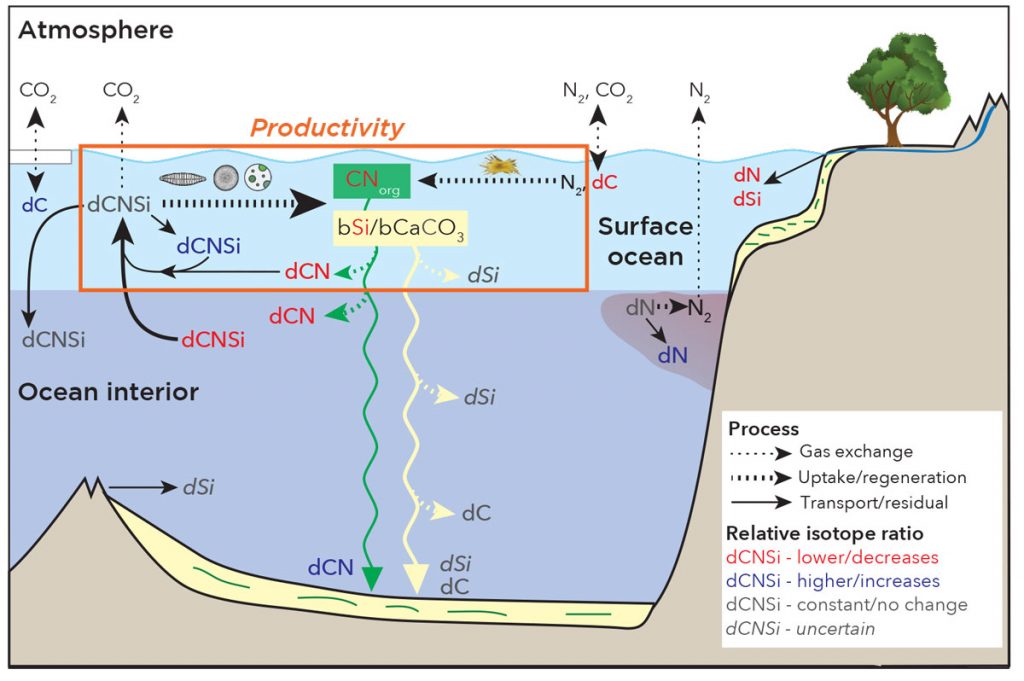
Farmer and colleagues review the geochemical proxies based upon sedimentary isotope ratios of three abundant biologically mediated elements.
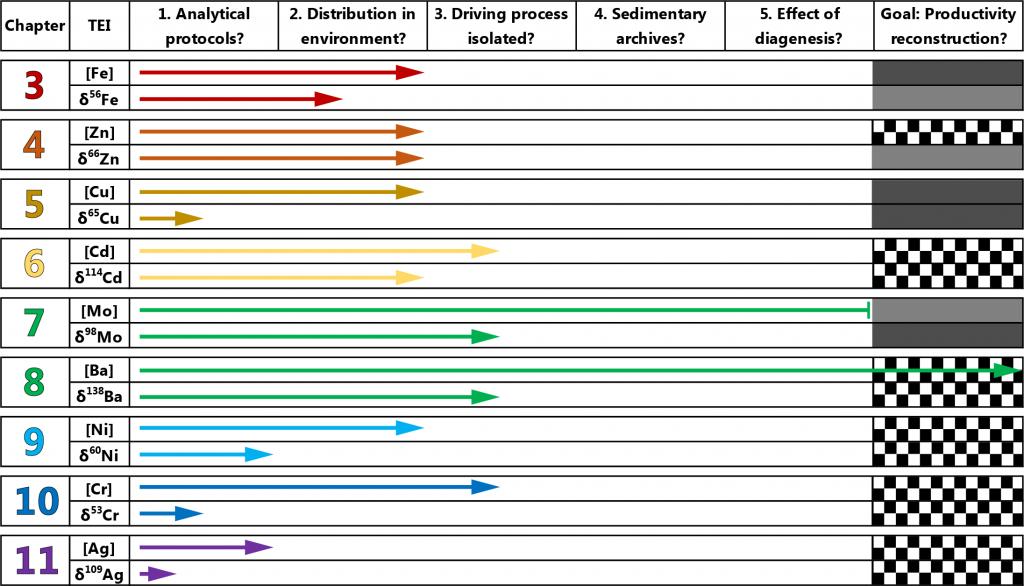
Horner and co-authors assess whether nine bioactive trace metals and their isotopes can be used as paleo-productivity proxies.